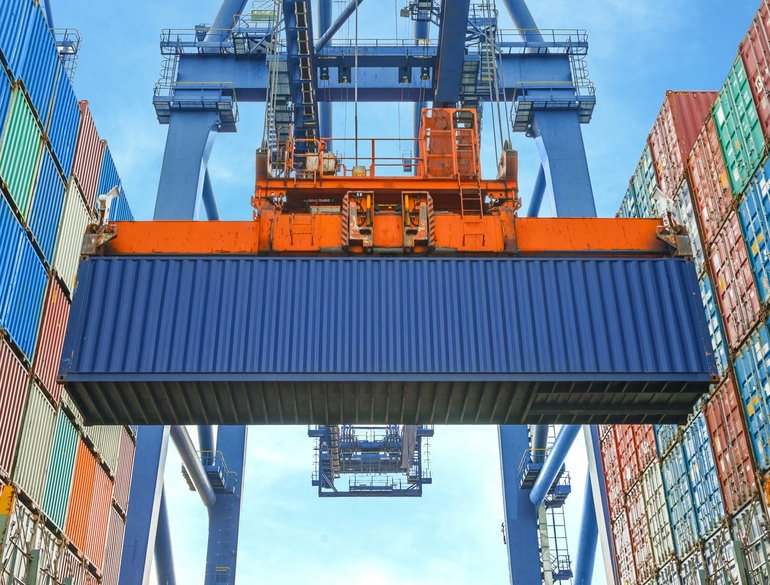
How record-breaking freight rates and delays influence the packaging industry
28. Júl 2021
The year 2020 will go down in history for reasons directly related to Covid-19 and its far reaching effects. The effects on the transport sector and international trade have been significant. The ocean freight market’s ‘perfect storm’ has worsened in the continuing aftermath of the Suez Canal blockage, driving up rates on the Asia-Europe trade lane to unsustainable levels [i]. This resulted in a vicious cycle of port congestion, vessel cancellations and container shortages, leading to continuously increasing costs and transit times [i].
Half a year later, the situation has not yet improved. Container freight rates are breaking record after record: in one year’s time, prices in the Drewry World Container Index have shown an increase of 349%[ii]. In some regions, the prices are at least six to seven times higher compared to their level last year. This is before adding the additional surcharges that are being applied these days.
Consequences for import shipments
All of this has a severe impact on the global supply chain. An impact that is also being felt by our Partners and in our own production chain. Shipments from Bangladesh, part of the heavily impacted China route, are often only accepted at extremely high rates. Often, lower paying cargo does not get on board at all, or receives multiple roll-overs at transshipment ports.
Shipments from other regions in Asia also face delays because of the back-log in the ports and a shortage of containers as a result of European port congestion, which also results in vessels omitting their calls to the port at the last minute.
Managing uncertainties
Altogether, these events result in delays, uncertainty and increasing freight rates with regard to shipments from Asia. Although these situations are unfortunately beyond our control, our dedicated Supply Chain department and our partners in logistics are working in close cooperation to mitigate any negative effects. Thanks to our centralised container planning and shipment information processes, we are able to maintain a clear overview of the situation. All local LC Packaging offices have access to this overview. We continue to stay in close contact with our customers to provide updates and to discuss the best solution for shipments on a case-by-case basis.
A volatile outlook for the months to come
Looking ahead, the supply-demand imbalance may continue for most of the remaining year. For ocean shipping, the global supply and demand graphic for 2021 reveals an imbalance in favour of demand of about 3-3.5% [iii]. Rates are therefore likely to continue spiking in the second half of this year. Rising global demand will continue to be met with limited increases in shipping capacity and the disruptive effects local lockdowns causing port congestion and closures. Even when new capacity arrives (though that will not be before 2023 when new container vessels enter the market), container liners may continue to be more active in managing it, keeping freight rates at a higher level than before the pandemic [iv].
Amid all of this, LC Packaging, in close communication with our customers, is continuing to work on finding the best available solutions for our shipments. We continue to be our customer’s Committed, Reliable and Loyal partner in packaging – even when times get tough.
Sources
[i] Lloyds List – Ocean freight ‘perfect storm’ worsens (17 May 2021)
[ii] Drewry Supply Chain Advisors – World Container Index (22 July 2021)
[iii] Now that’s logistics – 5 Ocean Shipping Trends to Watch in 2021 (30 March 2021)
[iv] ING – 5 reasons global shipping costs will continue to rise (7 June 2021)